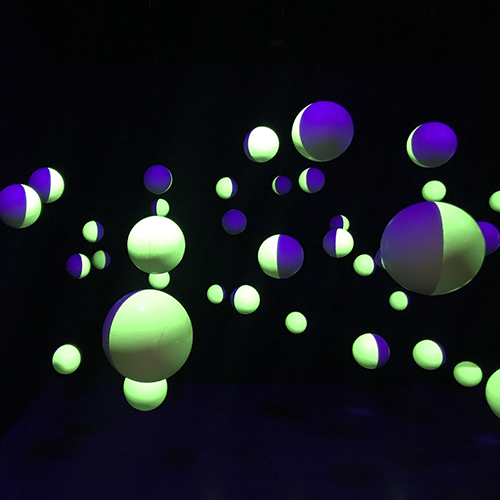Architecture as a system and innovation design discipline
A retrospective on architectural programming and its implications for the strategic extension of the discipline of architecture
DOI:
https://doi.org/10.7577/formakademisk.3077Sammendrag
Talking about architecture means talking not only about buildings but also about processes or systems. In the latter context, architecture is a way of thinking and looking at people, spaces, interrelations and interactions. Proclaimed by IDEO’s Tim Brown as one of the best system design forms of education available, architecture has potential in fields beyond the physical. In keeping with the views of renowned systems thinker Russell Ackoff, who graduated in architecture before focusing on operations research, the question arises whether the skills of architects can be applied more broadly in system and innovation design. This paper describes how architects deal with context and complexity from the perspective of the practice-oriented architectural programming method. From its early days in the 1960s, it offered architects a viable basis for an applied architectural design thinking method, but did not receive widespread attention from practitioners and academics. The method is critically assessed and compared to the known forms of design thinking from the viewpoint of industrial design. By describing a real-life project and students’ work from a newly created seminar in a department of architecture, the paper investigates the current and future relevance of an advanced version of architectural programming for architectural practice and education. It stresses the desirability of reinforcing the core skills of architects by developing a design thinking method rooted in architecture, which needs to be taught, developed and disseminated. In the long term, it is argued, architecture should be considered and integrated as a ‘systems and innovation design discipline’ in the fields of systems thinking and innovation research.

Nedlastinger
Publisert
Hvordan referere
Utgave
Seksjon
Lisens
- Forfatteren(e) beholder sin opphavs- og kopieringsrett til eget manuskript, men gir tidsskriftet varig rett til 1) å fremføre manuskriptet for offentligheten i den opprinnelig publiserte digitale form, og 2) å registreres og siteres som første publisering av manuskriptet.
- Forfatteren må selv forvalte sine økonomiske kopieringsrettigheter overfor eventuell tredjepart.
- Tidsskriftet gir ingen økonomisk eller annen kompensasjon for innsendte bidrag, medmindre det er gjort særskilt avtale om dette med forfatteren(e).
- Tidsskriftet plikter å arkivere manuskriptet (inklusive metadata) i den opprinnelig publiserte digitale form, i minst ett dertil egnet åpent tilgjengelig langtidsarkiv for digitalt materiell, som for eksempel i de norske universitetenes institusjonsarkiv innen rammen av NORA-samarbeidet.
Verket vil bli publisert OpenAccess med en Creative Commons 4.0-lisens som tillater alle å lese, dele og tilpasse innholdet, også kommersielt, under lisensvilkårene:
Dette verket må tilskrives/ krediteres på riktig måte, en lenke må gis til CC-BY 4.0-lisensen, og endringer som er gjort må angis på en rimelig måte, men ikke på noen måte som antyder at lisensgiveren støtter deg eller din bruk.



